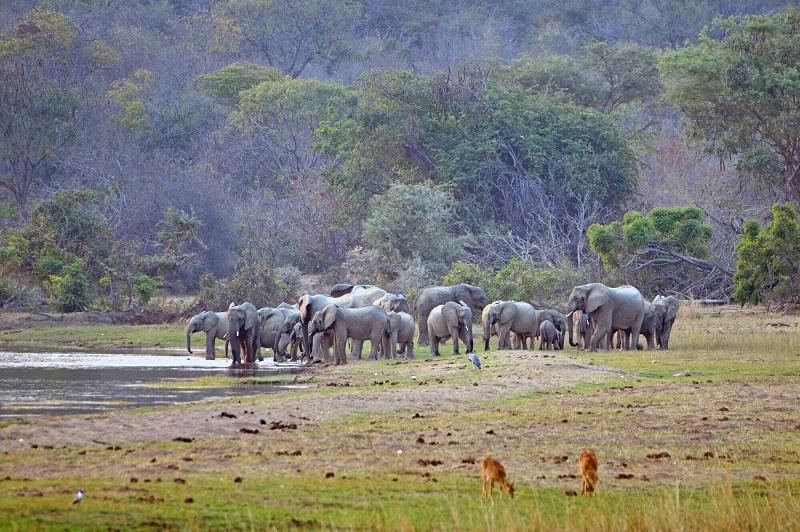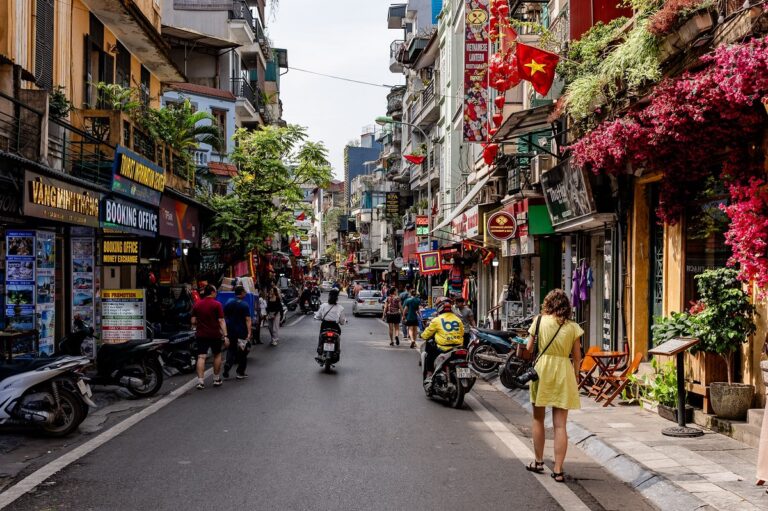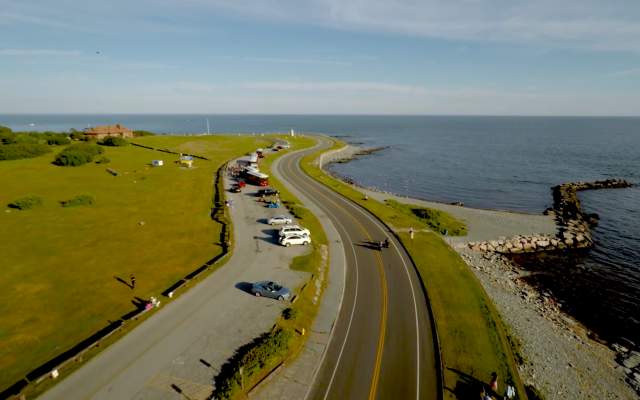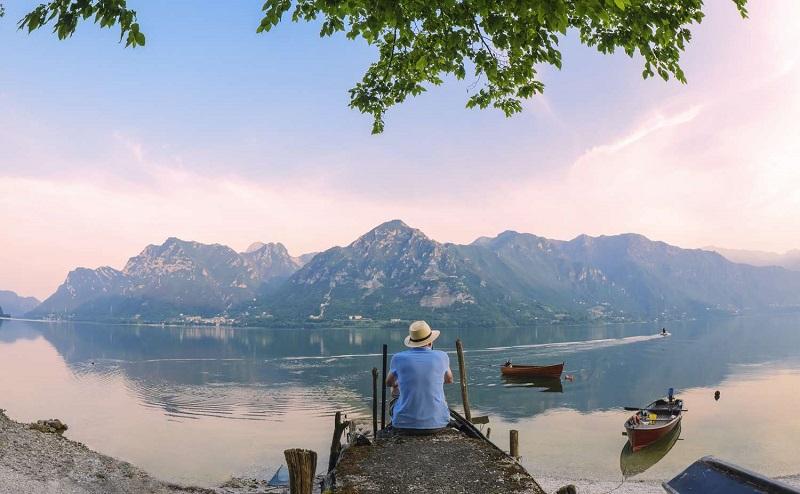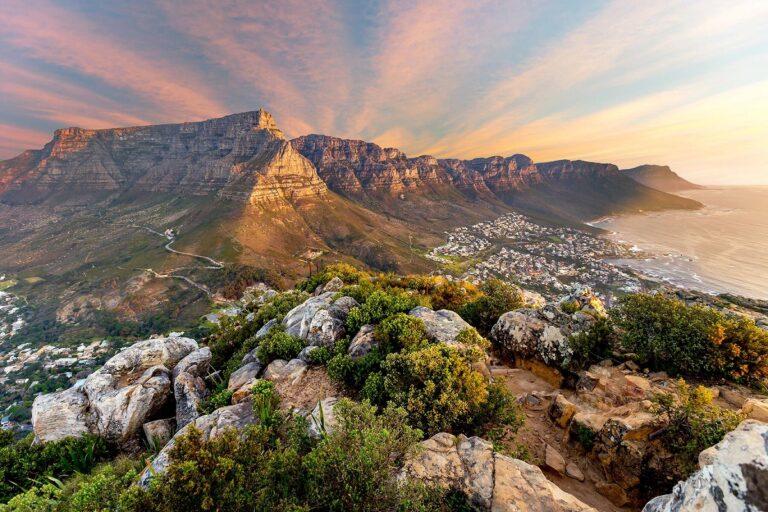Guide to Nsumbu: Zambia’s Scenic Safari
Also known as Sumbu National Park, Nsumbu National Park is a hidden gem located along the shores of Lake Tanganyika in the Northern Province of Zambia. Spanning over 2,000 square kilometers, this park offers a unique blend of aquatic and terrestrial wildlife, making it one of Zambia’s most diverse and scenic national parks.
Nsumbu’s landscape is characterized by its long stretches of lakeshore, dense woodlands, rolling hills, and rivers that flow into the crystal-clear waters of Lake Tanganyika.
Its remote location ensures that the park remains largely untouched by mass tourism, providing visitors with an intimate and peaceful experience of Zambia’s natural beauty. Nsumbu National Park is perfect for travelers seeking an off-the-beaten-path adventure, with opportunities for game viewing, birdwatching and boating excursions on Lake Tanganyika.
Please Download Our Mobile App here
Overview of Nsumbu National Park
Nsumbu National Park covers a vast area that stretches from the shores of Lake Tanganyika to the escarpments and hills inland. The park’s lakeside location is one of its most striking features, offering scenic views of the world’s longest freshwater lake. The area is home to a variety of habitats, from dry woodlands and savannahs to swamps and marshes along the rivers.
Although Nsumbu National Park is remote, its isolation has helped preserve the natural environment. It is an ideal destination for those looking to experience an untouched wilderness. The park’s water systems, including the Nkamba and Lufubu Rivers, provide essential sustenance for the region’s wildlife and contribute to the overall biodiversity of the park.
Despite being less visited than other Zambian parks, Nsumbu has seen increasing interest in recent years due to its unique location and the conservation efforts aimed at protecting its wildlife and habitats.
Wildlife in Nsumbu National Park
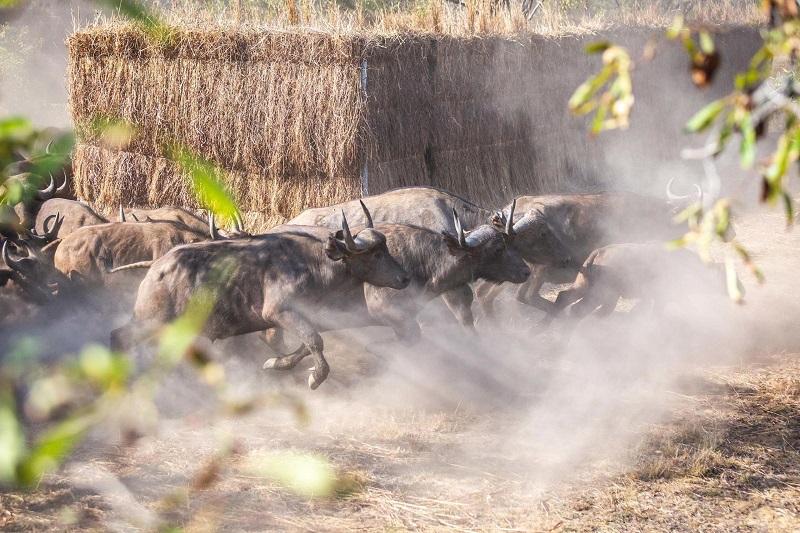
Nsumbu National Park is home to a wide variety of wildlife, both on land and in the waters of Lake Tanganyika. Visitors to the park can expect to see hippos and crocodiles along the lakeshore and rivers. Inland, the park is home to large mammals such as elephants, buffalos, zebras, and various antelope species like puku and roan antelope.
Predators like lions and leopards are also present, although they are less frequently sighted due to the park’s dense vegetation. One of the park’s most unique wildlife features is its aquatic life. Lake Tanganyika is renowned for its rich biodiversity, particularly its cichlid fish species, many of which are endemic to the lake.
Fishing is not permitted in certain protected areas of the park, helping to preserve the delicate balance of its aquatic ecosystems. For birdwatchers, Nsumbu is a paradise with over 350 bird species recorded in the park. The combination of lakeshore, wetlands, and forests provides ideal habitats for a wide range of birdlife, including fish eagles, pelicans, and kingfishers, as well as many migratory species.
Best Time to Visit Nsumbu National Park
The best time to visit Nsumbu National Park is during the dry season, which typically runs from May to October. During this period, the park is more accessible, and wildlife is easier to spot as animals gather around water sources, including the rivers and the lakeshore.
The rainy season, from November to April, brings lush vegetation and an abundance of water, making the landscape beautiful but also making roads within the park difficult to navigate. While the wet season is excellent for birdwatching due to the presence of migratory birds, game viewing can be more challenging.
Getting to Nsumbu National Park
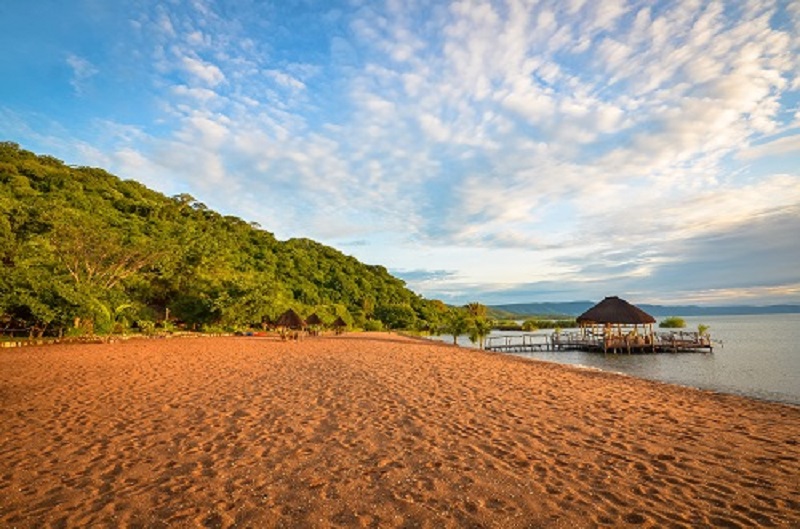
Nsumbu National Park is located in a remote part of Zambia, making access more challenging compared to other parks. Most visitors arrive by air, with charter flights available from Lusaka to Kasaba Bay, which is located within the park. The flight from Lusaka takes roughly 3 hours. From Kasaba Bay, visitors can arrange for a transfer to their accommodation or directly into the park for game drives and other activities.
For those traveling by road, the journey is long and can be difficult, especially during the rainy season. The road trip from Lusaka to Nsumbu National Park takes approximately 14 to 16 hours, depending on road conditions, and is best undertaken with a 4×4 vehicle. Many visitors combine their visit to Nsumbu with a stay in other northern Zambian parks, such as Kasanka or Bangweulu Wetlands.
Other Activities in Nsumbu National Park
Nsumbu National Park offers a variety of activities that take full advantage of its unique location on the shores of Lake Tanganyika. Game drives are available for visitors to explore the park’s interior and observe wildlife, but one of the main attractions of Nsumbu is its water-based activities.
Boating safaris on Lake Tanganyika are a popular way to experience the park, allowing visitors to explore the lakeshore and observe wildlife from the water. Fishing excursions can also be arranged outside the park’s protected areas, offering opportunities to catch some of the lake’s famous cichlids and other fish species.
Hiking and walking safaris are another way to experience the park’s natural beauty, with guided walks providing insights into the local flora and fauna. Visitors can also explore the nearby Nkamba Bay, known for its beautiful beaches and tranquil waters.
Park Fees for Nsumbu National Park
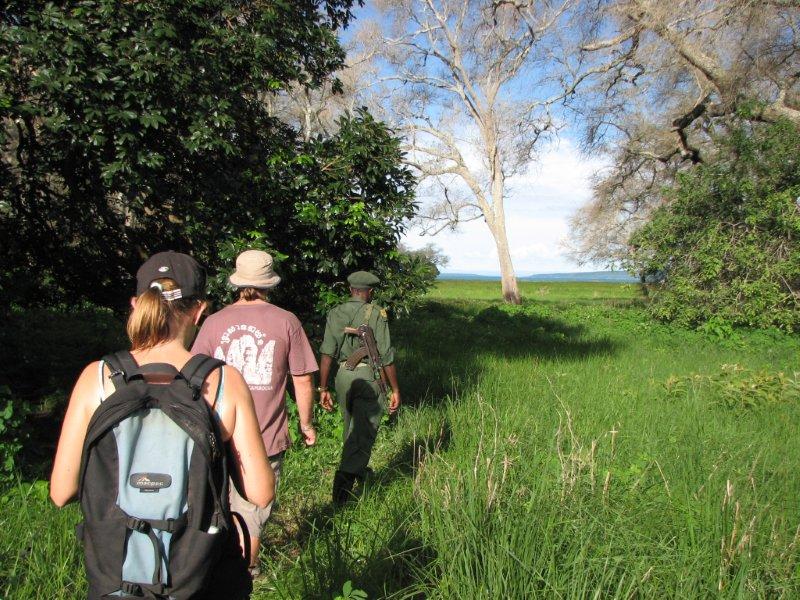
As of 2024, the park fees for Nsumbu National Park are:
- Foreign Visitors (Adults): $25 per person per day
- Foreign Visitors (Children): $15 per person per day
- Zambian Residents (Adults): KES 15,000 per person per day
- Zambian Residents (Children): KES 7,500 per person per day
These fees contribute to the park’s conservation and maintenance efforts.
FAQs: Visiting Nsumbu National Park
What is the best way to get to Nsumbu National Park?
The easiest way to reach Nsumbu National Park is by charter flight from Lusaka to Kasaba Bay. Road travel is possible but requires a 4×4 vehicle and can be challenging during the rainy season.
Is fishing allowed in the park?
Fishing is allowed in certain areas outside the park’s protected zones. Lake Tanganyika is famous for its diverse fish species, making it a popular spot for anglers.
Are guided tours available in the park?
Yes, guided tours, including game drives, boat safaris, and walking safaris, are available in Nsumbu National Park and can be arranged through local lodges and tour operators.
Conclusion
Nsumbu National Park offers a truly unique safari experience, combining both land and water adventures along the stunning shores of Lake Tanganyika. Its remoteness ensures an untouched wilderness for travelers seeking solitude and nature at its purest.
